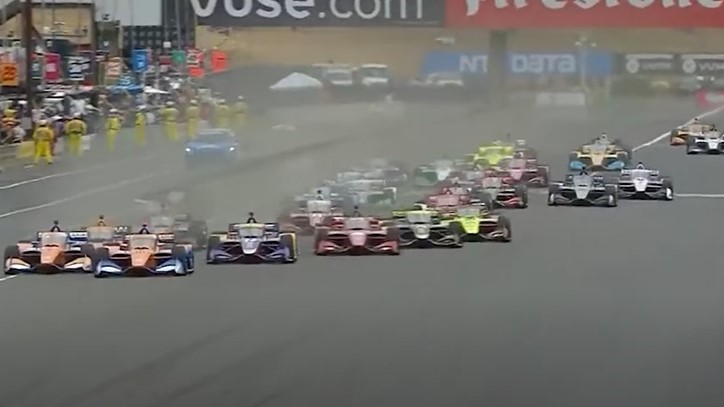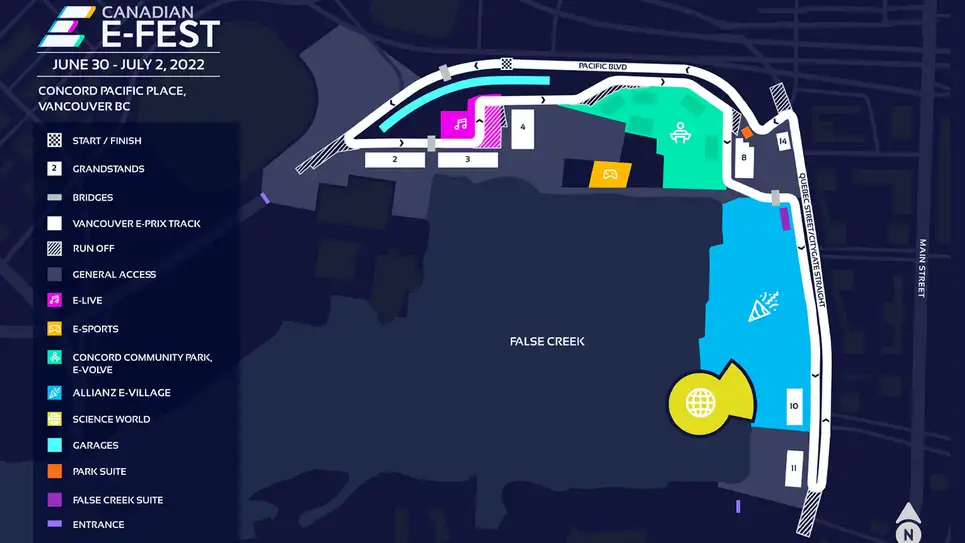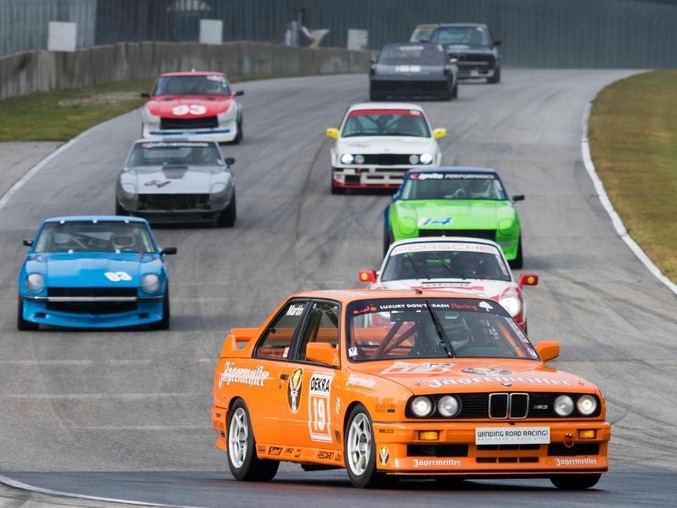Top Racing
The Vancouver Formula E Debacle
This is a spectacular case of how not to promote a much-anticipate race. After just finishing it's 8 season of around-the-world racing, Formula E has endured multiple debacles throughout it's growing phase (Miami, Montreal, & London to name a few), so it's not entirely surprising the young Series fell victim again to over-promises and under-deliveries.
Speed Secrets: Setting HPDE Expectations
The story of two bad wrecks and how experience teaches that managing expectations is key for track days (and even more important for wheel-to-wheel racing).






























